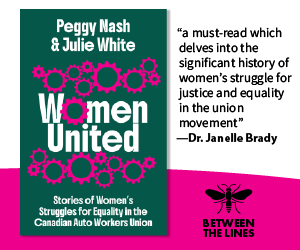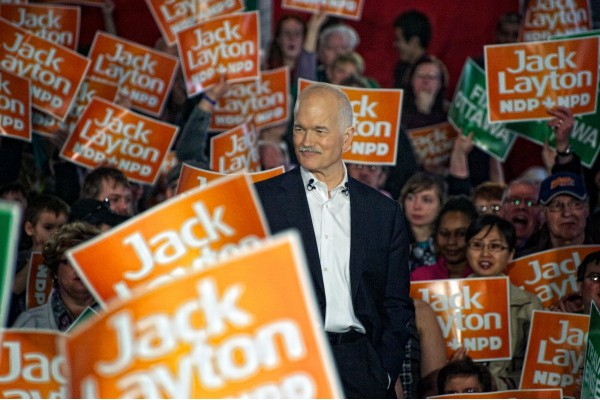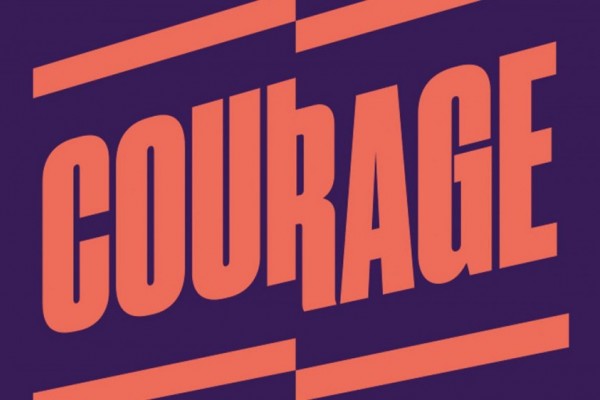No victory in defeat
Why the Ontario NDP needs a purge and a new direction

Ontario NDP leader Andrea Horwath speaking during the party’s campaign kick-off event in Hamilton, April 2018. She announced her pending resignation as ONDP leader on June 2, 2022. Photo by Joey Coleman/Flickr.
The Ontario election is over and it’s time for the post-mortems. Not that waiting is compulsory. On election night, Doug Ford’s Progressive Conservatives had just been projected to return to Queen’s Park with a majority government when New Democratic Party incumbent Joel Harden suggested it was a time for a change in leadership. Not long after, long-time provincial NDP leader Andrea Horwath did indeed resign. She led the party through four elections, two of which saw the NDP form Official Opposition. But only the most particular partisans were defending the party’s performance after an election that saw them spend an inordinate amount of time fighting for second place. On balance, the contest was not a win for them. It’s time for a big change.
For a political party, the point of an election is to win. At least it is for a major party that has some hope of forming government—or at least the ambition to try. There are other potential goals, of course. Policy agenda setting. Building up the party grassroots. Attracting and developing high-quality candidates. Fundraising. Identifying and mobilizing supporters across the province. Demonstrating that the party is a government in waiting so that, eventually, when people get sick of the current lot, they’ll default to and choose whoever is closest. But the first goal, especially if a party is already the Official Opposition, is to win.
Not only did the NDP lose the election, not only were they not close to winning, they lost votes and seats compared to their 2018 outing. The party dropped nine ridings and over 800,000 votes. They tied with the Liberal Party in popular support. Technically, they lost by 0.01 percent, with 23.7 percent to the Liberal’s 23.8. Because of the fickle nature of our electoral system, they still made off with 31 seats compared to eight for the Liberals. But that’s nothing to brag about.
The Liberals ran their own awful campaign, which was uninspired and a race for second place itself (the party didn’t even manage to regain official party status). Together, the parties blew it big time. After four wretched years of Ford and his PCs, the NDP and Liberals managed to allow him to grow his majority and win 40.8 percent—a rare second majority and even rarer larger second majority. With turnout cratering this time around, the actual number of registered voters who expressly supported Ford at the ballot box was roughly 17 percent. But for whatever reason people stayed home, and the NDP couldn’t mobilize voters against the government. That is unforgivable.
A few bright stars twinkled in a dark firmament for the party, but they didn’t light up the sky. Joel Harden ran a strong grassroots campaign and held on to his seat by a higher margin than many expected. Chandra Pasma won Ottawa-West Nepean, beating PC incumbent Jeremy Roberts. Jill Andrew held on to her seat in Toronto-St.Paul’s in a close race against her Liberal opponent. Former Toronto City Councillor Kristyn Wong-Tam won Toronto Centre. All of this is well and fine. But it’s not nearly enough.
The NDP needs a purge and a new direction. The party needs to rid itself of old staffers and hierarchies and welcome new personnel and ideas. Taking a lesson from Harden’s campaign and riding association, the NDP needs to focus on grassroots party-building. They need to commit to deep internal democracy and local independence. By adopting a strategy of base-building and decentralization, the party can leave it up to energized and engaged riding members to mobilize folks before, during, and after elections. The party must be more than an electoral machine that gets started up once every four years.
Structural change isn’t enough, however. People need to be mobilized for something. The NDP needs to offer policies to meet the moment: no micro-targeted half-measures born from a party that’s constantly looking over its shoulder. No means-tested, phased-in, small-ball stuff. Transformative stuff or bust. Empower workers with labour and ownership policies that shift the balance of power between capital and labour to the latter. Invest in universal healthcare including dental, mental health, and vision. Raise disability rates so people can escape legislated poverty and offer to do it right away. Expressly reject a politics of austerity accepted as orthodox truth and baseline. And for the love of God, get angry about it. People are struggling. People have died. Things could have been much better than they were in the Ford years; they still can be in the future.
For the foreseeable future, Doug Ford won’t face much opposition in the legislature. Horwath wasn’t the only leader to resign on election night. The Liberal’s Steven Del Duca quit, too. That gives Ford the run of the roost while the opposition parties reorganize themselves. But therein lies the opportunity. Ford has just as much freedom as he needs to destroy himself. That’s regrettable but inevitable for now. The NDP has the time and window to take this moment not just to reset but to tear the party down and rebuild. That work can only be done by listening to its members and empowering them from the grassroots up, especially when it comes to the activist community and social movements that are essential to any success the party will have. The province doesn’t need another liberal party. It has one and that’s more than enough. It needs an unabashedly left party. And now the NDP has a chance to give it one.
David Moscrop is a contributing columnist for the Washington Post and the author of Too Dumb for Democracy? Why We Make Bad Political Decisions and How We Can Make Better Ones. He is a political commentator for television, radio, and print media. He is also the host of Open To Debate, a current affairs podcast. He holds a PhD in political science from the University of British Columbia.










